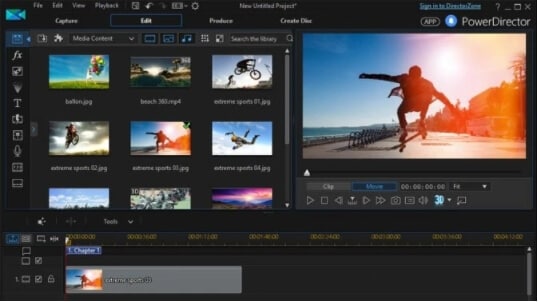

It does exactly what it implies - makes a handheld shot appear as if it were locked off on a tripod. One interesting InertiaCam feature that’s worth noting: Tripod Mode. InertiaCam is FCPX’s latest stabilization technique, optimized to work with footage that has pans, zooms, and tilts. It takes an X, Y, Z-axis approach to image stabilization, working within 3D space - Translation, Rotation, and Scale, illustrated above - to maximize your results. SmoothCam is the original stabilization feature within FCPX. If you choose Automatic, FCPX will decide which of the two stabilization features will work best for your footage. AutomaticĪlthough it appears that Automatic (highlighted blue on the right side of the image above) is a stabilization technique, it’s really not - ultimately, you have two options: SmoothCam and InertiaCam. Okay, let’s look at the stabilization options available in FCPX. If your camera has a built-in stabilization feature, use that too. Miss something? Go through the steps at your own pace with the video transcript below.īefore we dive in, remember: The more stable your footage is straight out of camera, the better the results you’ll get from FCPX. Let’s explore the differences between SmoothCam and InertiaCam to find the best way to get the smoothest footage possible.

In this video tutorial, we’ll walk through the fastest, easiest steps you can take to stabilize clips in FCPX.

Are your clips giving you motion sickness? Stabilizing shaky footage is a breeze in Final Cut Pro X.


 0 kommentar(er)
0 kommentar(er)
